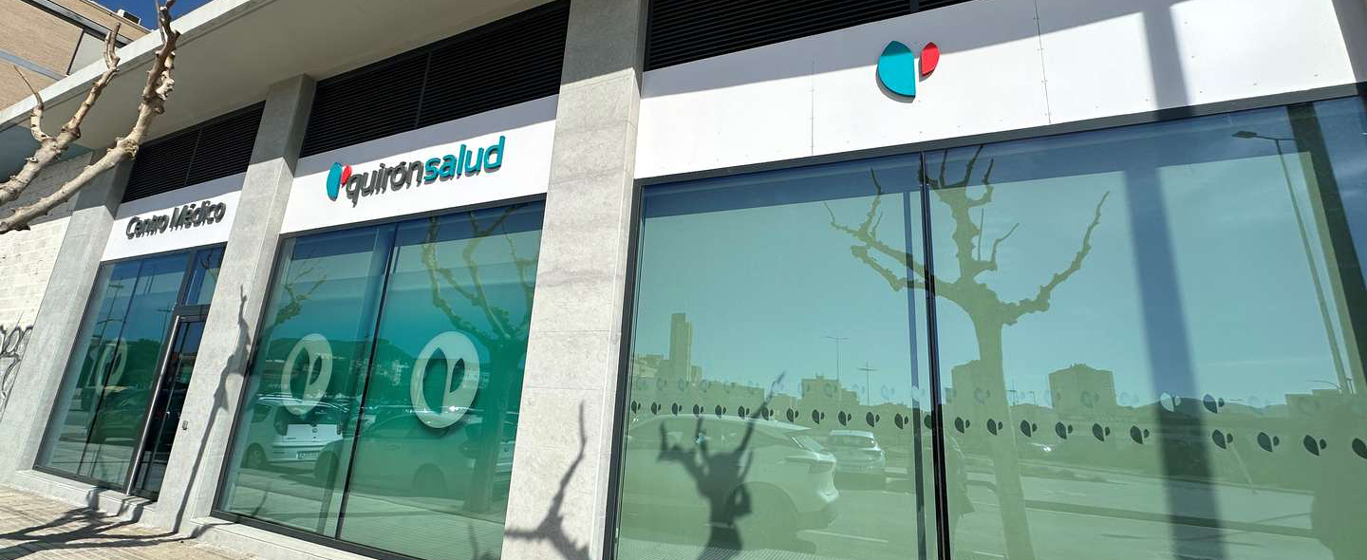Back Injury
What are the most common back injuries? All the information on the types, causes, and symptoms.
Symptoms and Causes
A back injury is damage to the bony or muscular structures of the back, the posterior part of the torso that extends from the last cervical vertebra to the sacrum. The function of the back is to support the body, allow movement, maintain the body's center of gravity, and protect the spinal cord.
Back injuries are common, especially those caused by trauma, and they can vary in severity. Some of the most frequent traumatic back injuries include:
- Herniated disc: displacement of part of an intervertebral disc, the cartilaginous structure that separates and cushions the vertebrae.
- Spondylolysis: fracture of the vertebral lamina, the posterior-lateral portion of the vertebra.
- Vertebral fracture: bone fracture in a vertebra.
- Back muscle contracture: continuous and involuntary muscle contraction.
- Strain, pull, or muscle tear in the back: excessive stretching and/or rupture of muscle fibers.
- Back sprain: stretching or tearing of the ligaments of the spine.
- Back dislocation: separation of the bones forming the vertebral joint due to ligament injury.
- Vertebral pinching: blockage of one or more vertebrae, causing pressure on surrounding nerves.
Symptoms
Various symptoms can manifest depending on the severity of the injury and the affected area, but common symptoms of a back injury include:
- Pain of varying intensity: sharp and localized or intense and disabling.
- imited mobility of the back.
- ingling or burning sensation.
- Swelling.
- Bruises.
- Occasionally, discomfort or pain in the hip, leg, or foot.
Causes
Traumatic back injuries are often due to poor posture, abrupt movements, lifting excessive weight, or falls from short distances. However, more severe spinal injuries are usually caused by traffic accidents, falls from heights, direct blows to the back, or penetrating injuries from knives or firearms.
Risk Factors
Factors that increase the likelihood of suffering a back injury include:
- Poor physical condition.
- Osteoporosis.
- Maintaining the same posture for prolonged periods.
- Activities that involve frequent twisting or rotating of the back, such as gymnastics or lifting heavy loads. • Activities involving heavy lifting.
- Reckless driving.
- Intense or contact sports.
- Activities performed from high places.
- Exposure to vibrations, such as driving a tractor or using a pneumatic or percussive hammer.
Complications
Spinal injuries are dangerous because they can affect the spinal cord, which runs through the spine, either by causing pressure on it or tearing it. A spinal cord injury can lead to severe and irreversible neurological damage, ranging from paralysis to cognitive deterioration or even death.
Additionally, pain caused by certain back injuries can be debilitating, as seen with low back pain (pain in the lumbar area). Sciatica is a common complication of herniated discs, as they can compress the sciatic nerve, causing intense pain and difficulty walking or moving the leg.
Prevention
Some measures can be taken to prevent back injuries:
- Adopt good posture, especially when lifting weight and sitting.
- Perform specific exercises to strengthen the back muscles.
- Stretch and warm up before exercising.
- Use the appropriate protective equipment both at work and during sports activities.
- Drive cautiously: wear a seatbelt and respect speed limits.
Which doctor treats back injuries?
Traumatic back injuries are treated in the traffic unit, as well as in orthopedic surgery and traumatology.
Diagnosis
To determine the location and severity of a back injury, the following tests are performed:
- Physical examination: mobility and flexibility are assessed, and the back is palpated to identify painful, inflamed, or tense areas.
- Neurological examination: reflexes, sensitivity, and muscle strength are checked.
- X-ray or CT scan: images obtained through X-rays allow for visualization of vertebral fractures.
- MRI: this test provides better images of soft tissue injuries, such as dislocations or herniated discs. It can also confirm spinal cord injuries. Additionally, a myelogram can be performed by injecting a special contrast dye to observe spinal cord structures.
- Electromyography: electrodes measure the muscle responses to nerve signals to check nerve and muscle function.
Treatment
The treatment for a back injury depends on its severity, type, and location. The most common options include:
- Conservative treatment for mild or moderate back injuries:
- Relative rest.
- Heat application.
- Pharmacological treatment to reduce pain and inflammation.
- Topical analgesics.
- Non-steroidal anti-inflammatory drugs.
- Muscle relaxants.
- Corticosteroid injection if previous treatments do not work.
- Physiotherapy: massages and specific exercises to relieve symptoms and restore mobility.
- Lumbar brace: provides support and stability to the spinal structures.
- Surgical treatment for vertebral fractures when conservative treatment is insufficient:
- Vertebral cementing: percutaneously inserting cement into the fractured vertebra to stabilize the broken bone and act on the nerve endings of the vertebral body. This can be done directly (vertebroplasty) or by creating a cavity (kyphoplasty).
- Osteosynthesis: if cementing is insufficient, the spine is stabilized by implanting rods and screws
- Surgical treatment for herniated discs if they compress a nerve and cause neurological damage:
- Discectomy: removal of the intervertebral disc fragment compressing the nerve root.
- Spinal fusion: complete removal of the disc and permanent fusion of the vertebrae to prevent their movement.
- Arthroplasty: replacement of the damaged disc with a prosthesis.












































